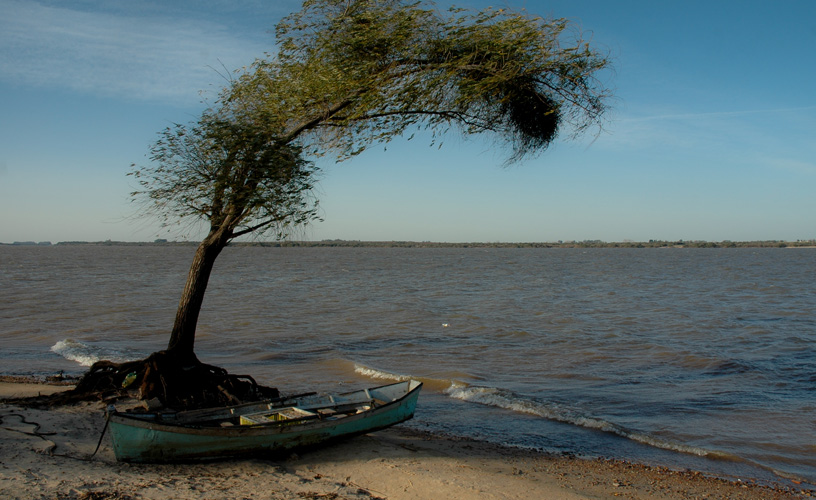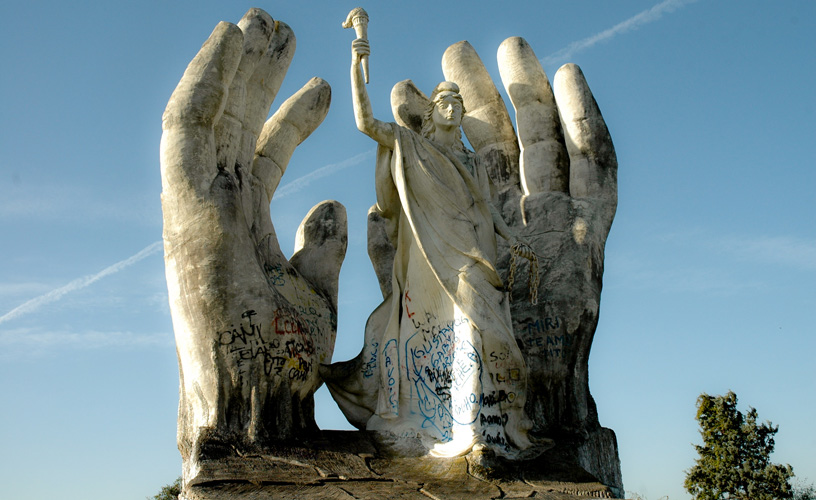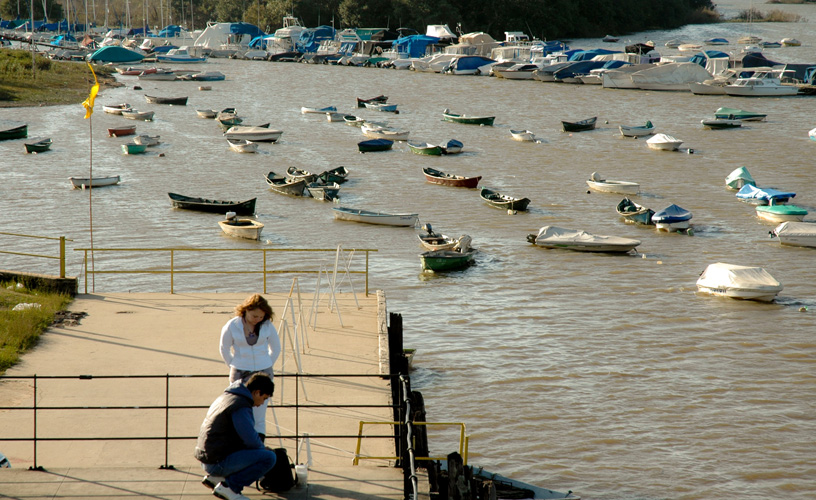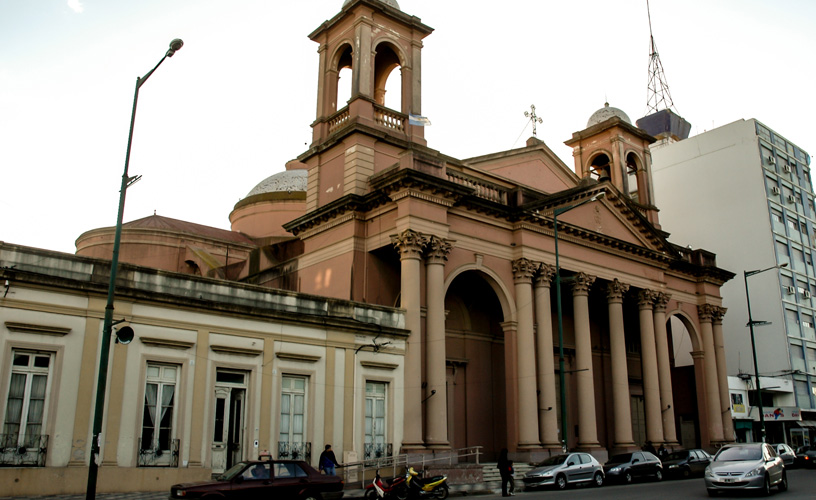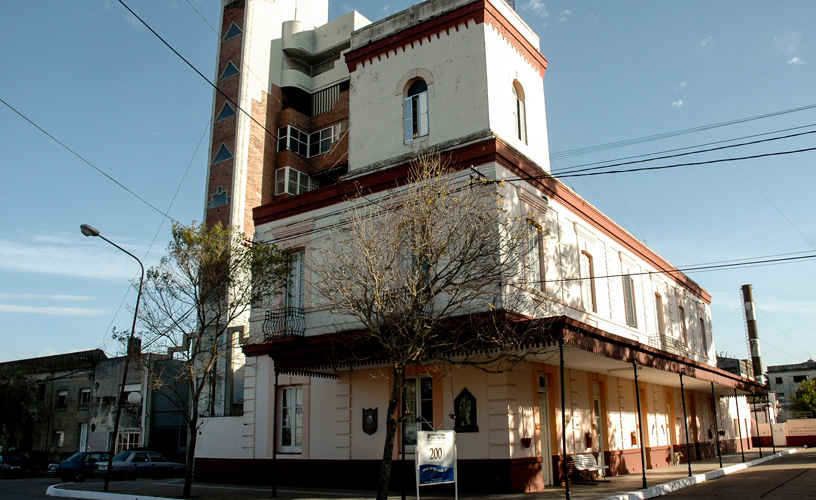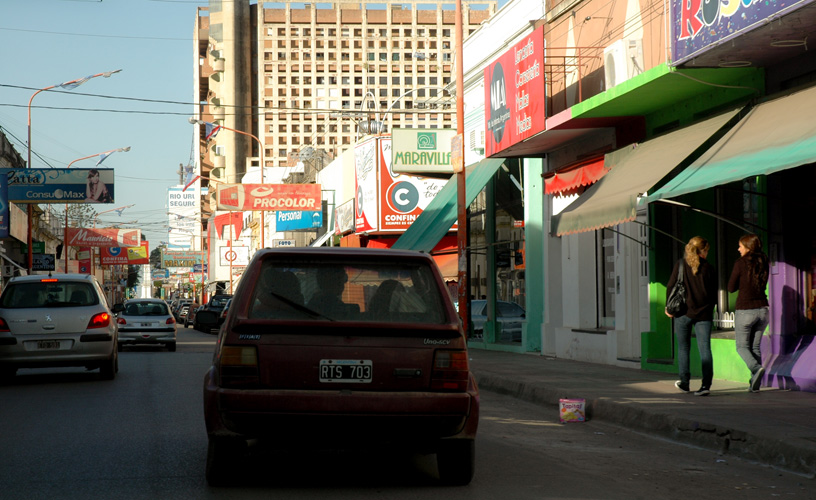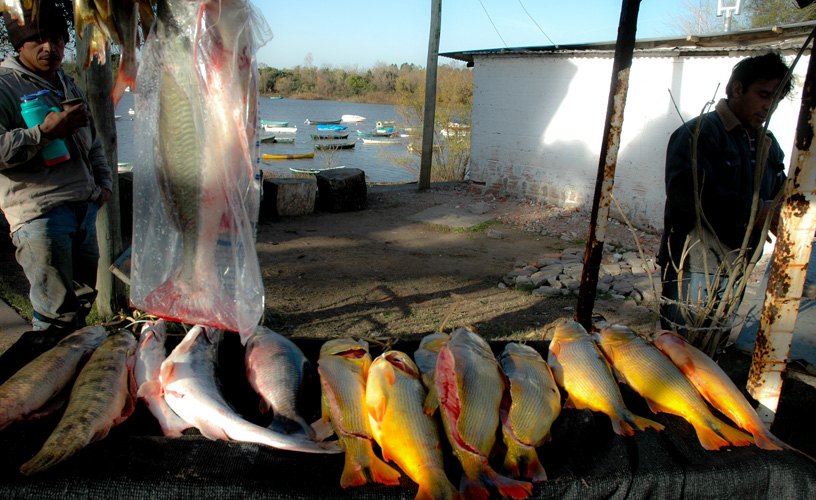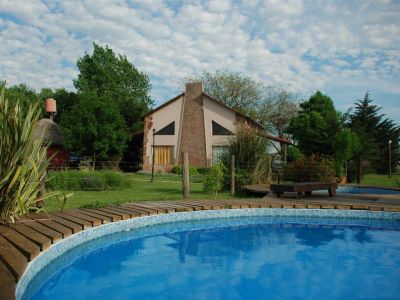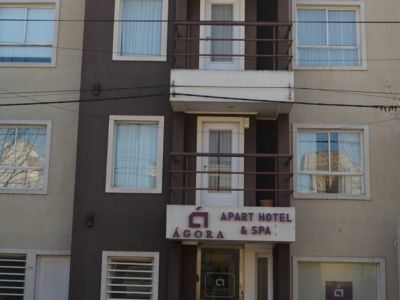Tourist attractions have made it develop into a tourist destination with the growth of its accommodation venues and services. It has an active and modern spirit and a busy nightlife in the summer season.
The City of Concepción del Uruguay is huge in more than one sense. Its size, its history, its cultural spaces and its special charm makes all visitors feel comfortable with its idiosyncrasy.
Whenever we reach a new destination, we go around its most representative attractions. That is how we visited the main square, named Francisco Ramírez. The most important public buildings rise around it. Its center is presided by a pyramid and some plates make reference to significant events for Argentina and heroes from Entre Ríos. An ancient tree grove provides shade and perfume to different areas.
In the surroundings, we could observe the old Town Hall, the school called Colegio Nacional del Uruguay and the Immaculate Conception Basilica. Its architectural style refers to the early days of this city in the mid nineteenth century, during the period in which our national organization process was enforced.
We walked up to Rocamora Pedestrian Street, which is awake both during the day and at night and which spans between 14 de Julio and Eva Perón Streets. We resolved to have a drink at one of its coffee-houses in order to observe the busy rhythm of that commercial spot in the center of town.
We continued walking and observed several important buildings raised in the glorious past of the city, when the blueprints and the materials used for construction were brought from Europe. Texier Palace and the former Hotel París gave us an idea of the influence of the visit of distinguished guests had in the late nineteenth and mid twentieth century. The former still works as a hotel and it has a casino and some show halls.
We moved on and came to Irigoyen Boulevard, also known as the international communities’ boulevard. Tribute is paid to the colonists of Entre Ríos through sculptures and images of great artistic beauty all along this avenue which contains a landscaped median strip in the middle.
We drove to the coast in order to see the overseas port on the Uruguay River. A long breakwater leads to a lighthouse with unique features in the world. It stands on the northern point of the island called Isla del Puerto. In turn, the Paysandú waterfront has an undulating layout that follows the contour of this artificial islet and it offers four lanes for vehicles. It has an access portal that boasts the same architectural line featured by San José Palace.
A large viewpoint on El Molino creek located on the Northern waterfront, also known as Salamanca, promises a pleasant moment of relax. Likewise, in the northern area, the artificial pond at the park known as Parque de la Ciudad stands out.
We took the waterfront drive towards the south. This area used to be easily flooded in former times. After the works done by Civil Defense, it was transformed into a green space to enjoy outdoor activities. Next to this area, there lies a beach and camping site called Itapé. Its sands rest on the creek bearing the same name and this is a natural urban environment for the locals summer days.
Known as “La Histórica” (the historical one), Concepción del Uruguay has given evidence of how important it is to let modern times become integrated with the values maintained by tradition. Everything is in perfect harmony.
Mónica Pons
Pablo Etchevers
